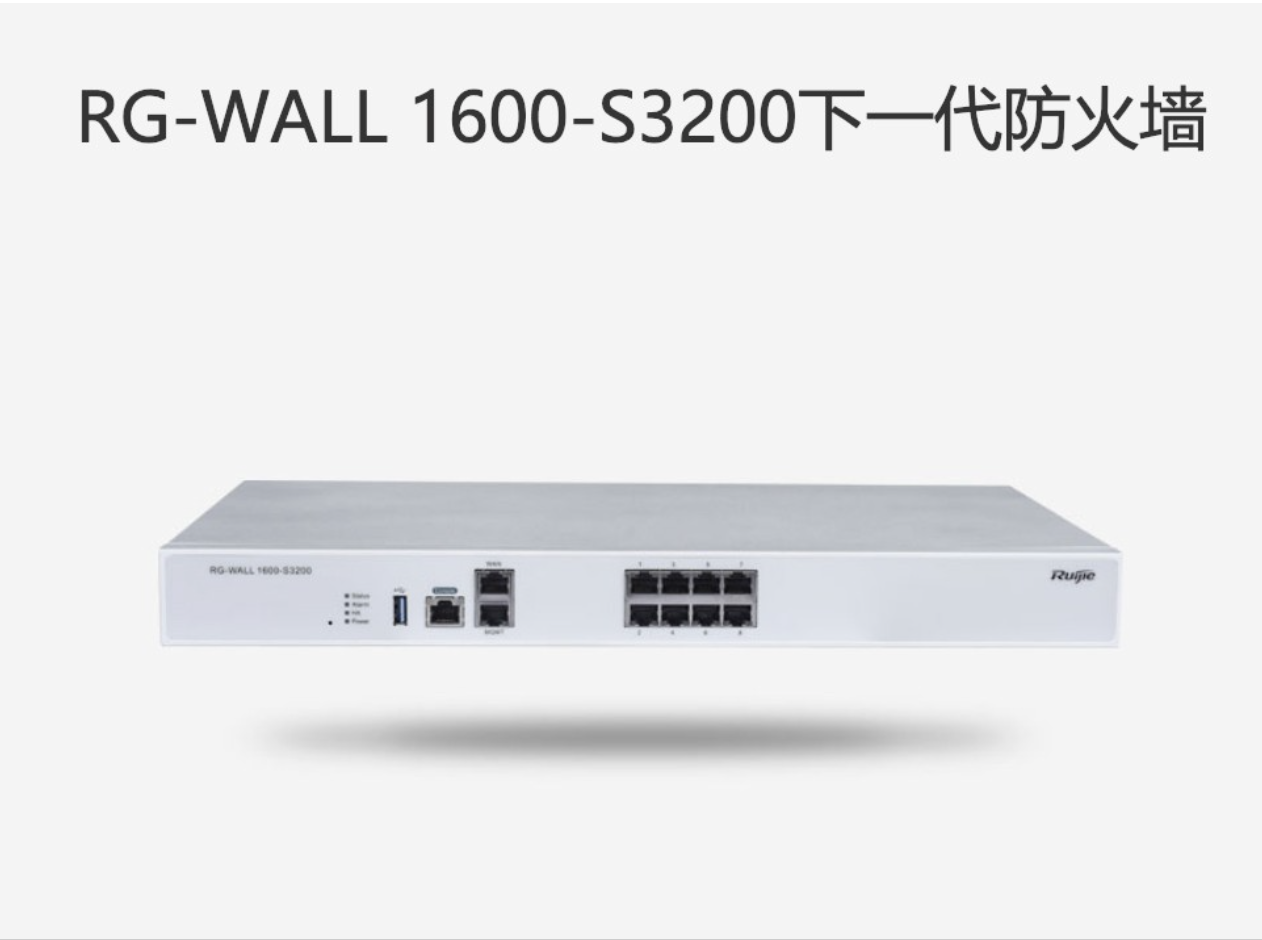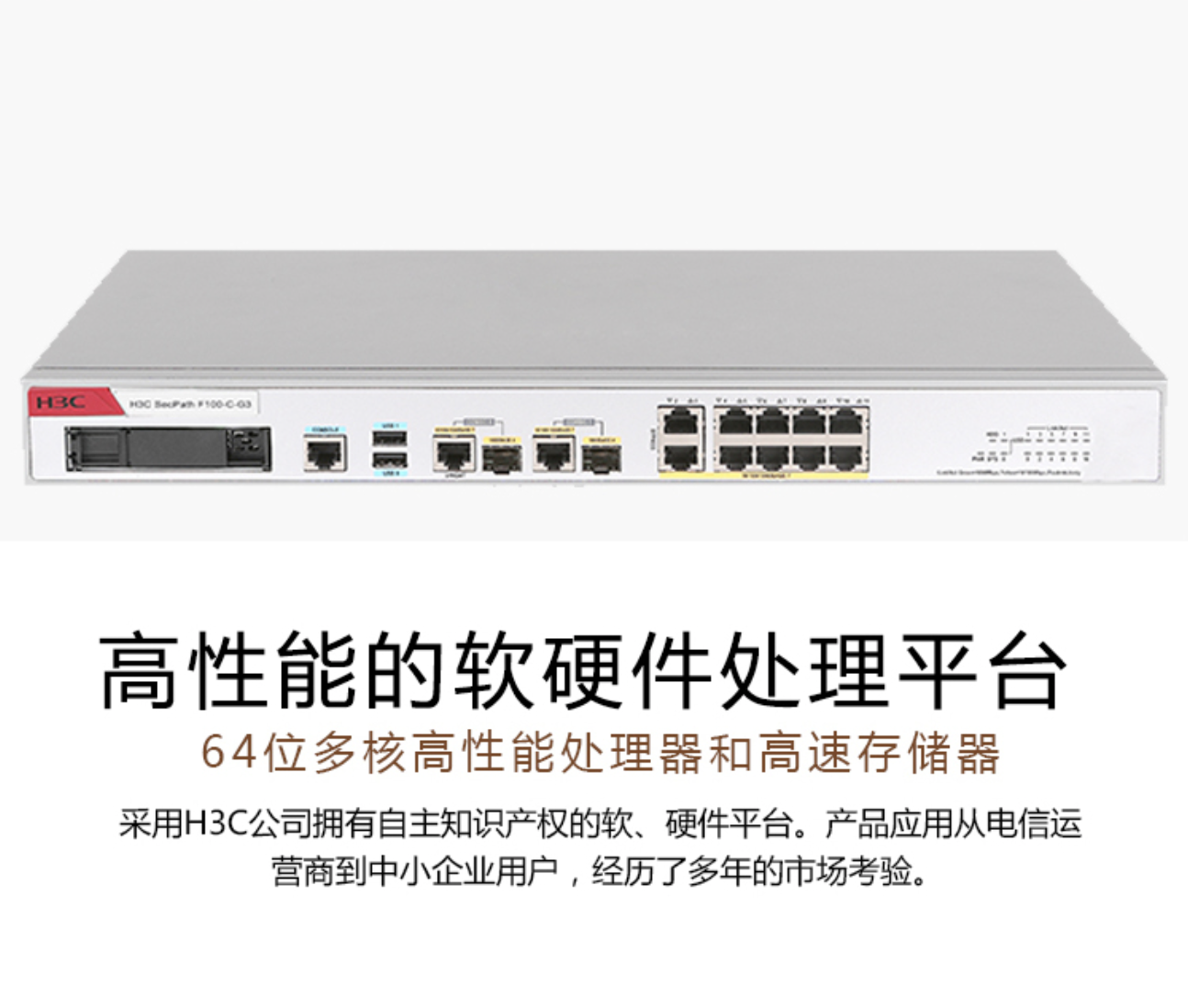在现代网络架构中,三层交换机(3Ls)和路由器扮演着至关重要的角色,尽管它们在功能上有相似之处,但各自的设计和应用场景却有着显著差异。三层交换机不仅在交换领域表现出色,还具备基础的路由功能,这使得它们在局域网(LAN)环境中尤为受欢迎。

三层交换机的核心优势在于其高效的数据包转发能力。通过集成路由功能,它们能够智能地选择数据包的最佳传输路径,从而优化网络性能。此外,这些设备还能执行简单的网络地址转换(NAT)和访问控制任务,如数据包过滤和流量整形,进一步提升了网络的安全性和稳定性。
然而,与专业的路由器相比,三层交换机在硬件架构和软件功能上仍存在一定差距。路由器通常配备更强大的CPU,能够处理庞大的路由表和复杂的策略配置。这使得路由器在处理复杂的网络任务,如边界网关协议(BGP)对等互联时,显得游刃有余。
在实际部署中,三层交换机更多被用于内部网络环境,以满足基本的路由和交换需求。它们在提升局域网内部通信效率方面发挥着重要作用。而路由器则通常部署在网络边缘,负责连接不同的网络,并处理跨网络的数据传输任务。
尽管三层交换机的路由功能相对简单,但对于大多数中小企业和校园网络而言,已足以满足日常需求。其简洁的配置和较低的成本使得它们成为性价比极高的网络设备。相比之下,路由器则更适合大型企业和服务提供商,能够应对更为复杂的网络环境和更高的数据传输需求。
总之,三层交换机和路由器各有千秋,选择哪种设备应根据具体的网络需求和预算来决定。理解它们的功能差异和应用场景,有助于网络管理员构建更加高效和稳定的网络架构。
Three-layer Switches (3Ls) are often used to enhance network performance. As their name implies, they operate at the third layer of the OSI networking model, which is the network layer responsible for routing and forwarding packets. In contrast, routers operate on the same layer but usually have more complex CPU architectures to handle routing tables and other tasks.
1.三层交换机有路由功能吗
Yes, 3Ls have routing capabilities integrated into their switching functions. They use routing algorithms to determine the best routes for packets to travel between different networks in the LAN or WAN. They can also perform simple Network Address Translation (NAT) and Access control functions such as filtering and traffic shaping.
2.三层交换机和路由器的区别
The main difference between 3Ls and routers is their hardware architecture and software features. Routers usually have a more robust CPU capable of handling large routing tables and complex policies, while 3Ls rely on Application-Specific Integrated Circuits (ASICs) for fast forwarding decisions. Another significant difference is in their deployment scenarios. Normally, 3Ls are placed in internal LAN environments to provide basic routing and switching functionality, while routers are typically located on network edges to connect multiple networks and perform complex routing tasks such as Border Gateway Protocol (BGP) peering.



























